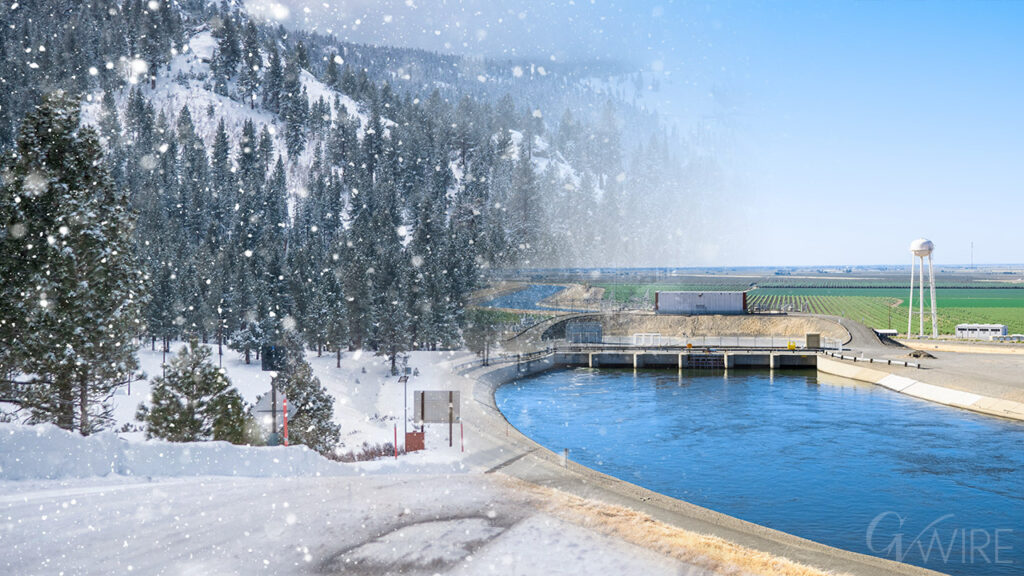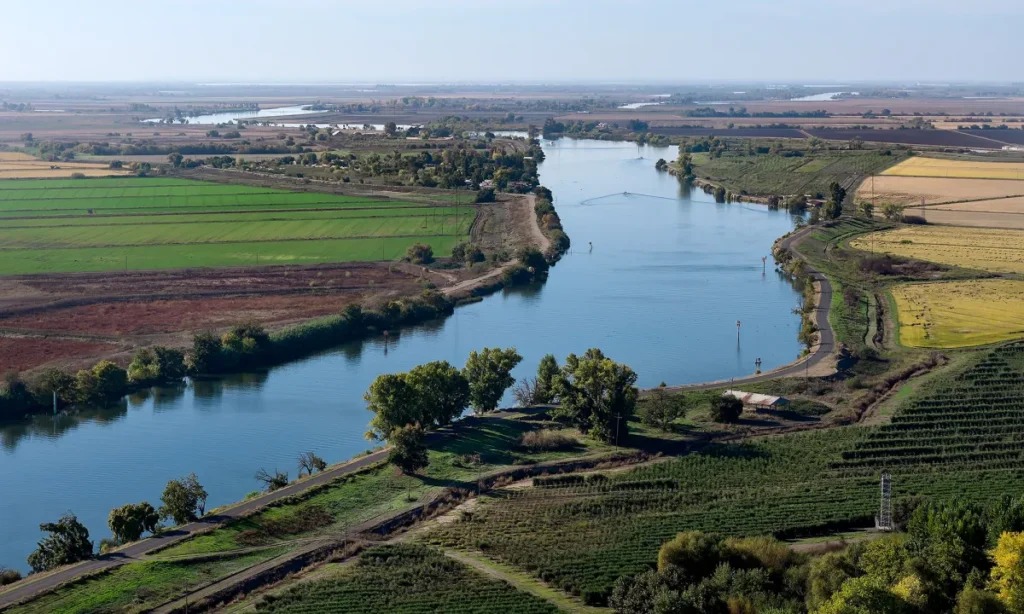A resident outside an apartment complex that was destroyed by Russian bombardment in Siversk, in Ukraine, Oct. 30, 2024. (Tyler Hicks/The New York Times)

- Russia seizes over 160 square miles in Donbas as Ukrainian defenses weaken under relentless attacks.
- Key towns like Vuhledar and Selydove fall, aiding Russia’s control of southeastern Donbas and setting up for Pokrovsk.
- Personnel shortages and lack of fortifications strain Ukrainian lines, as Russian forces exploit exposed positions.
Share
For much of the past year, Russian troops launched bloody assaults on Ukrainian positions that often yielded only limited gains. But the relentless attacks are now starting to pay off: In October, Russia made its largest territorial gains since the summer of 2022, as Ukrainian lines buckled under sustained pressure.
Over the past month, Russian forces have seized more than 160 square miles of land in Ukraine’s eastern Donbas region, the main theater of the war now. That has allowed them to take control of strategic towns that anchored Ukrainian defenses in the area, beginning with Vuhledar in early October. This past week, battle has raged in Selydove, which now appears lost.

Ultimately, experts say, these gains, among the swiftest of the war, will help the Russian army secure its flanks before launching an assault on the city of Pokrovsk, a key logistics hub for Ukrainian forces in the Donbas.
Russia’s rapid advance is a striking change from the situation last year, when the front lines remained mostly static, with both sides launching ambitious offensives that largely failed.
But the stalemate that defined 2023 laid the groundwork for Russia’s recent progress. However marginal the gains, Russia’s attacks gradually weakened the Ukrainian army to the point where its troops are so stretched that they can no longer hold some of their positions, Ukrainian soldiers and military analysts say.
Half of Russia’s territorial gains in Ukraine so far this year were made in the past three months alone, according to Pasi Paroinen, a military expert with the Finland-based Black Bird Group. “The situation in southeastern Donbas rapidly deteriorates,” he said.
Russia made a series of small gains in July across this southeastern pocket of the Donbas. It set its eyes on Pokrovsk, a key rail and road hub that Ukraine depends on to resupply its troops in the area.
In August, Ukraine’s defensive lines buckled, and Russia rapidly advanced 10 miles toward Pokrovsk and closed in on Selydove from the east and north.

Russia’s march toward Pokrovsk slowed as it encountered several lines of Ukrainian defenses and Ukraine sent reinforcements. Instead of attacking Pokrovsk head-on, Russia tried to flank it from the south, tightening its grip around Selydove. Farther south it captured Vuhledar, a hilltop fortress town, after nearly encircling it.
Over the past month, Russia completed its march on Selydove, and it appears to have taken the city this week. It also advanced on Kurakhove from three directions, looking to squeeze Ukrainian forces out of that city.
Paroinen likened the relentless assaults Ukrainian forces must try to fend off to “a constant game of Whac-a-Mole, with new crisis points emerging faster than they can be dealt with.” That allows Russia to quickly advance whenever it finds a weak spot.
Vincent Tourret, an analyst at the French Foundation for Strategic Research, pointed to other factors that have helped Russia’s advance, including its increased use of powerful guided bombs, which can destroy fortified enemy positions, and a lack of Ukrainian fortifications in the area where the fighting is now taking place.
“Ukraine’s defenses are more and more battered, the terrain is more and more favorable for Russian offensives and, on top of that, the Russians have a better impact” with the guided bombs, Tourret said. “The three factors combine to explain the increase in Russian gains.”

Ukrainian forces have also suffered from serious personnel shortages that have them largely outmanned on the battlefield. To address the problem, Oleksandr Lytvynenko, the secretary of Ukraine’s National Security and Defense Council, told parliament on Tuesday that an additional 160,000 people would be drafted, with the goal of raising the manning of units to 85%.
In the past few months or so, Russian forces broke through Ukrainian strongholds that had sustained prolonged fighting, such as Chasiv Yar. Russian troops had long been thwarted by a canal dividing the town from its outskirts, which served as a natural barrier for the Ukrainians. But recently, according to Britain’s defense ministry, it is “highly likely” that Russia “crossed the canal and “approached the town’s boundaries.”
In other places, the Russian army has used a tactic of threatening encirclement to force Ukrainian forces to withdraw, such as in Selydove. Serhii Kuzan, the chair of Ukraine’s Security and Cooperation Center, a nongovernmental research group, said that Selydove protected Pokrovsk’s southern flank and that its capture would help Russia position artillery and secure supply routes there.
Russia’s recent rapid advance points to another Ukrainian weakness, military experts say: a lack of fortifications.
Related Story: Betsy Is a Russian Blue Feline Fatale, and She’s Ready to Infiltrate Your ...
After seizing the fortress town of Vuhledar earlier this month, Russian forces encountered largely open terrain with sparse Ukrainian defensive lines and few urban areas where Ukrainian troops could entrench to form stiff resistance. In just the past week, Russia advanced roughly 6 miles north of Vuhledar — an unusually swift pace compared with previous gains.
“The Russians are now well past the old front line and its extensive minefields, which halted the previous offensives against Vuhledar back in 2023,” Paroinen said.
To make matters worse, Ukraine has weakened its positions in the Donbas by redeploying seasoned units from there to Russia’s Kursk region, where Ukrainian forces launched a surprise cross-border offensive this summer.
The troops have often been replaced by less experienced units that are struggling to fend off Russian assaults. Tourret noted that many units now manning the front line in the Donbas are from Ukraine’s Territorial Defense — a force largely made up of civilians who volunteered to fight the Russian invaders in 2022, but lack the training and equipment of regular army units.
Paroinen said Russia’s recent rapid advance supports “the overall picture that we have of Ukrainian forces: Reserves are low, too many quality units are stuck in Kursk and Russia has enough force left to exploit any weaknesses in Ukrainian lines.”
–
This article originally appeared in The New York Times.
By Constant Méheut and Josh Holder/Tyler Hicks
c. 2024 The New York Times Company
RELATED TOPICS:
Categories

Trump Signs Order Aimed at Curbing State AI Laws


















